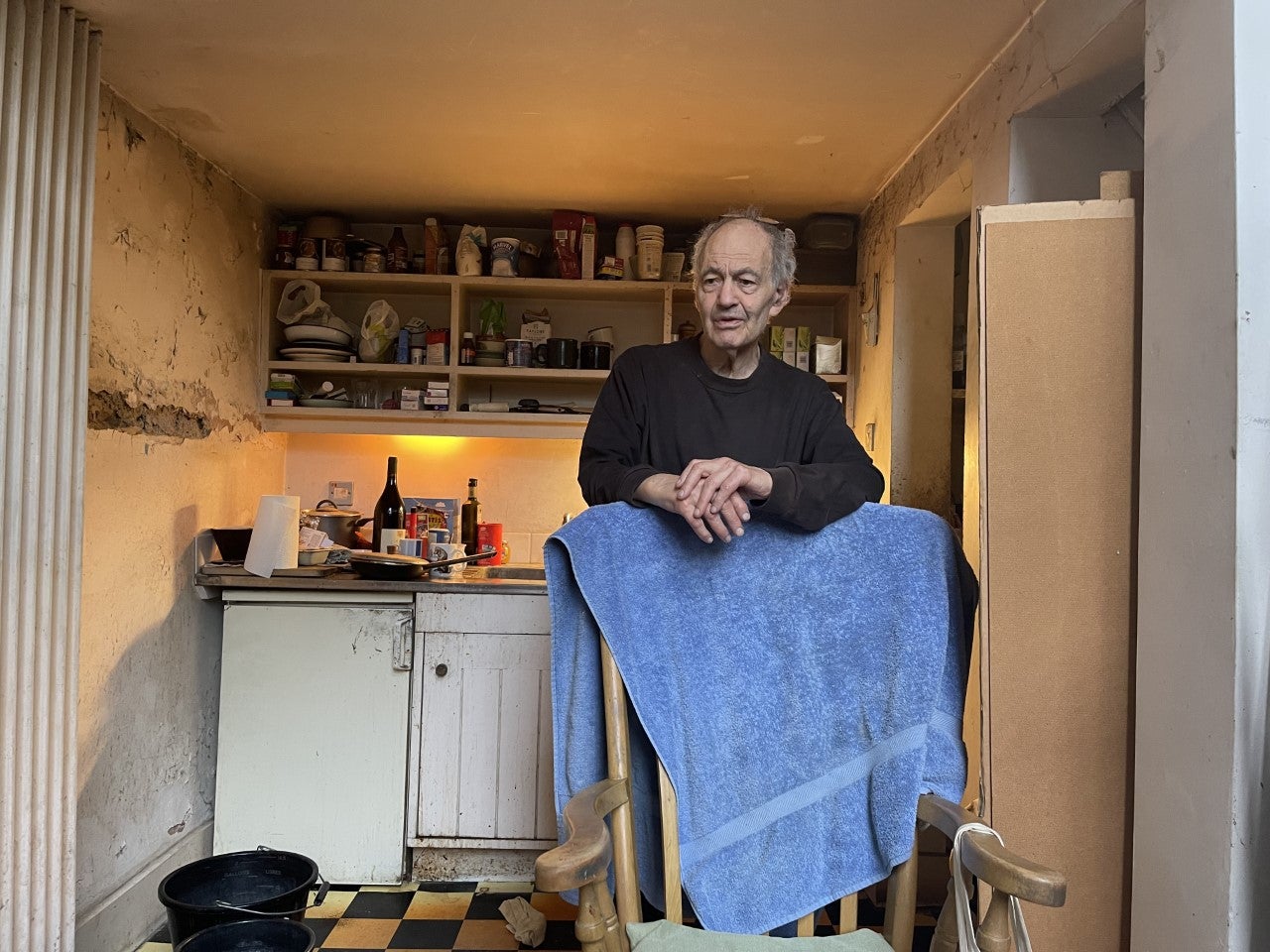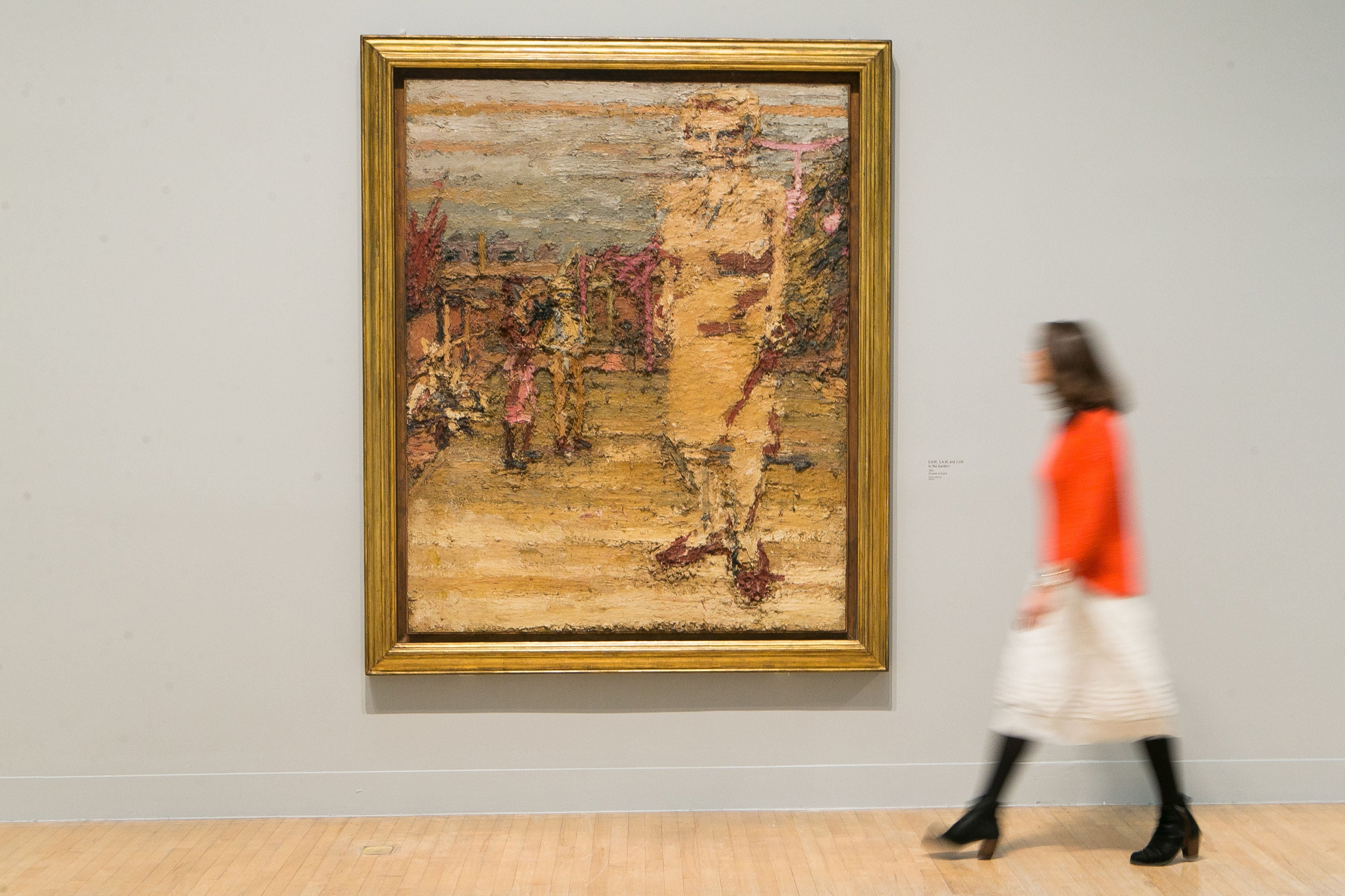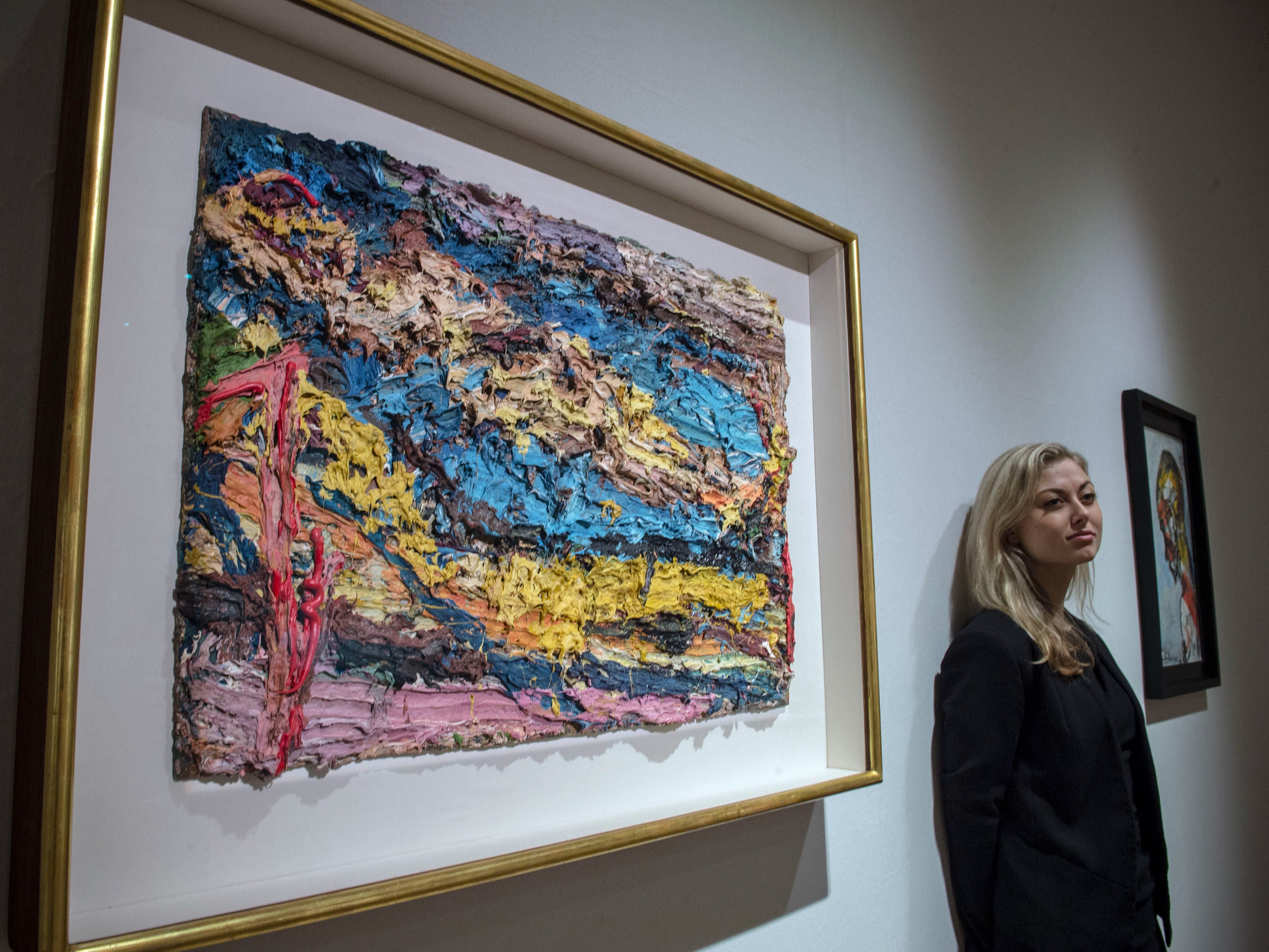Frank Auerbach death: Famed painter who fled from Nazis dies aged 93
‘A true giant is gone, but his remarkable legacy will continue to inspire and endure’

Your support helps us to tell the story
From reproductive rights to climate change to Big Tech, The Independent is on the ground when the story is developing. Whether it's investigating the financials of Elon Musk's pro-Trump PAC or producing our latest documentary, 'The A Word', which shines a light on the American women fighting for reproductive rights, we know how important it is to parse out the facts from the messaging.
At such a critical moment in US history, we need reporters on the ground. Your donation allows us to keep sending journalists to speak to both sides of the story.
The Independent is trusted by Americans across the entire political spectrum. And unlike many other quality news outlets, we choose not to lock Americans out of our reporting and analysis with paywalls. We believe quality journalism should be available to everyone, paid for by those who can afford it.
Your support makes all the difference.Frank Auerbach, the renowned figurative painter who fled Nazi Germany as a child, has died aged 93.
Having escaped to Britain via the Kindertransport scheme, Auerbach enjoyed a highly acclaimed career spanning seven decades, with his works displayed at every major national gallery around the world.
Known for his portraiture, as well as for his street scenes of Camden in north London, where he kept a studio for 50 years, Auerbach rubbed shoulders with the likes of Lucian Freud and Francis Bacon in Soho during the 1970s.
“Frank Auerbach, one of the greatest painters of our age, died peacefully in the early hours of Monday 11 November at his home in London,” said Geoffrey Parton, director of Auerbach’s gallery, Frankie Rossi Art Projects.
“We have lost a dear friend and remarkable artist but take comfort knowing his voice will resonate for generations to come.”
In his final exhibition, held last year in London’s Mayfair, Auerbach reflected: “When one is young, one is excited by drama and when one’s old, truth is exciting.”
One of the most celebrated painters in Britain, Auerbach narrowly escaped being killed during the Holocaust. If he had not been evacuated, aged seven, on a small boat from Germany to England in 1939, he would probably have died in a concentration camp. That was the fate that befell his parents, who stayed behind.

Aged 10, Auerbach found out that his parents had been killed when their letters stopped arriving.
“I can’t even remember someone saying ‘Your parents are no longer alive.’ It was just gradually leaked to me,” the reclusive painter told The Independent‘s editor-in-chief Geordie Greig in an interview with the Evening Standard in 2009.
“There’s just never been a point in my life where I felt ‘I wish I had parents,’” he said, referring to the psychological tension that commonly exists between an artist and their parental figures. “I am aware of a sort of conflict and trouble that I’ve been spared.”
Although few photographs of his parents remained, he was not sentimental about his belongings, saying: “I don’t keep anything. It may be due to my background. I absolutely believe that you keep forging on, forwards, and that if you look back you turn into a pillar of salt.”

Auerbach was considered a significant member of Britain’s vibrant post-war artistic scene; his contemporaries included Francis Bacon, Henry Moore and Lucian Freud, whose creative originality made the UK a major focus of the art world.
Part of the bohemian crowd, Freud and Auerbach shared a deep friendship that spanned more than 50 years, with Freud owning one of the greatest private Auerbach collections.
Auerbach kept a small circle of associates, and rarely painted anyone aside from his close relatives and friends. Three of his most preferred subjects included professional model Julia Yardley Mills (referred to as JYM), whom he met in 1957; his wife, Julia; and his close friend Estella (Stella) West, who is referred to as EOW in his works.
His unique method of painting included an elaborate and painstaking process of creation and destruction. Each day, he would scrape off all the paint from his work the day before to start from scratch, a process he would repeat until completion.

His portraits followed a similarly thorough style, with some taking years to complete.
“To paint the same head over and over leads to unfamiliarity,” he said. “Eventually you get near the raw truth about it, just as people only blurt out the raw truth in the middle of a family quarrel.
“I try to paint things with which I have a great familiarity, partly because they mean more to me than anybody else.”
Although his works have fetched as much as £1.9m over the years, Auerbach was often penniless in his early career, spending almost all of his money on paint with barely enough left for food. He barely left his studio, and rarely travelled outside London.
“Until I was 50, I never had a bank account, always lived from hand to mouth,” he said. “I used to lie awake at night wondering if I’d be able to go on with my paintings or whether the paint would run out.”

But despite living a hermit-like existence, Auerbach was able to live out his dream. He once said: “There is nothing else that I want to do but to paint every day.”
Mark Hudson, The Independent’s chief art critic, said: “Auerbach’s early portraits of his lover, referred to as EOW, which get so much thick paint on the canvas it looks like it will never dry, are some of the genuinely great British figurative paintings of the 20th century.
“His equally thickly encrusted views of post-war building sites take us to the bombed-out London of the 1950s, and its tentative renewal, more powerfully than any other works of art.
“While some might argue that he didn’t significantly move on from these seminal works – that one Auerbach painting looks much like another, up and down the decades – as a model of hard work and absolute dedication to his art, Auerbach was an example and an inspiration to subsequent British artists, young and old.”
Hannah Rothschild, former chair of the National Gallery, who made a documentary on Auerbach, said: “It is deeply sad that Frank Auerbach, one of the most influential British artists of the post-war era, has died.
“His unique style and relentless pursuit of the human condition were both devastating and captivating, reshaping the language of art. A true giant is gone, but his remarkable legacy will continue to inspire and endure.”
Join our commenting forum
Join thought-provoking conversations, follow other Independent readers and see their replies
Comments